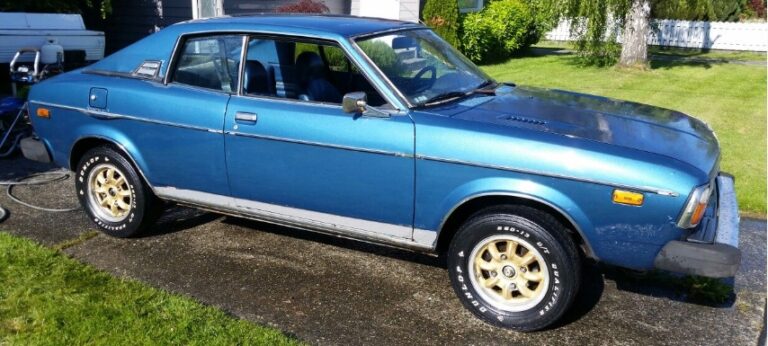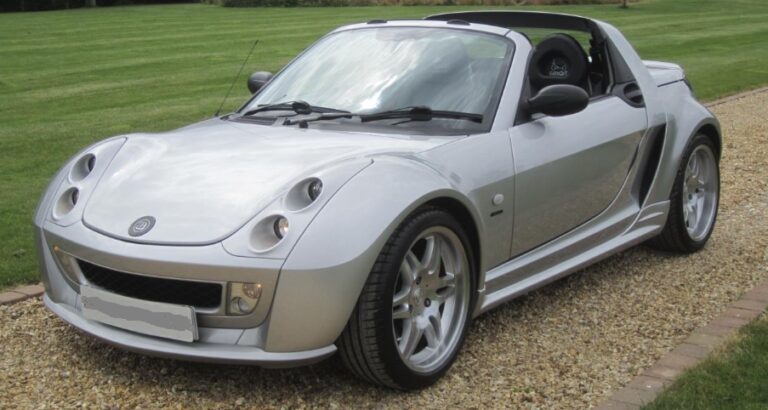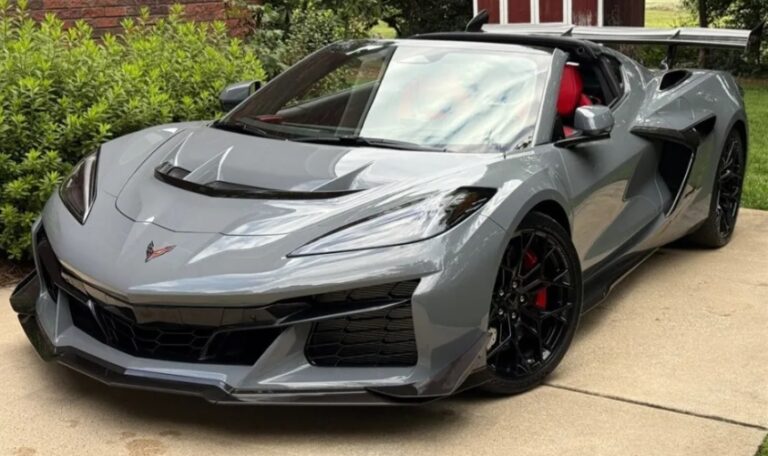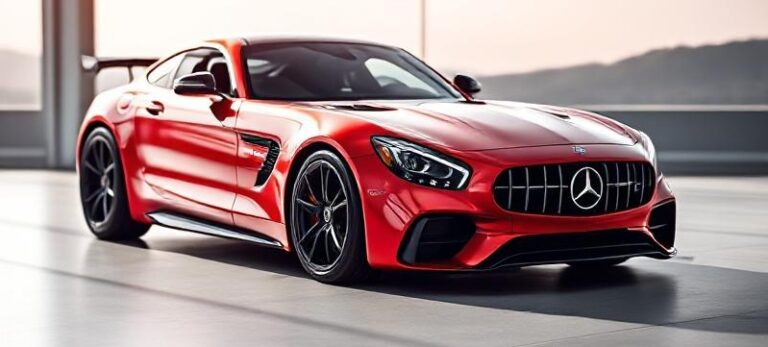The Evolution of the Chevrolet Nubira
The Chevrolet Nubira represents a significant chapter in General Motors’ global strategy to introduce compact sedans and hatchbacks tailored for diverse markets, especially in Europe and Asia. Its journey from inception to discontinuation reflects changing automotive trends, technological advancements, and the brand’s adaptation to regional preferences. This article traces the evolution of the Chevrolet Nubira, detailing its production timeline, models, and trim levels from its inception to the end of its production.
Origins and Development (2002–2008)
The Chevrolet Nubira was introduced in 2002 as part of GM’s global efforts to expand its compact car lineup. It was primarily based on the Daewoo Nubira platform, as Daewoo Motors had been acquired by General Motors in 2001. The Nubira was intended to serve as a compact, affordable, and reliable vehicle for European and Asian markets.
First Generation (2002–2008)
Introduction and Design:
- The first-generation Nubira was launched in 2002, primarily targeting European markets such as the UK, Russia, and Eastern Europe, as well as Asian markets like South Korea and parts of Southeast Asia.
- It was built on the GM Delta platform, shared with other GM models, and was available in sedan and wagon body styles.
- The design was conservative but functional, emphasizing practicality and value.
Engine Options:
- The first-generation Nubira offered a variety of petrol and diesel engines.
- Petrol engines included a 1.6L SOHC I4, a 1.8L DOHC I4, and a 2.0L DOHC I4.
- Diesel engines included a 2.0L and 2.0L Turbo (common rail), mainly for European markets.
Trim Levels:
Trim levels varied by market but generally included:
- Base: Basic features with manual transmission.
- SE: Mid-level trim with additional comfort and convenience features.
- SX/Elite: Higher trims with sportier or more luxurious features, including alloy wheels, upgraded audio, and power accessories.
- CDX/GLX: Top-tier trims offering leather upholstery, climate control, and advanced audio systems.
Facelifts and Updates:
- In 2005, the Nubira received a mild facelift, updating the front grille, bumpers, and interior features.
- The engine lineup was refined, introducing more efficient and cleaner engines to meet evolving emissions standards.
Market Presence:
- The Nubira was quite popular in Eastern Europe and South Korea, where it was assembled locally or imported.
- It was also sold in some Middle Eastern and Asian markets.
Transition and Second Generation (2008–2011)
Introduction of the New Model:
- The second-generation Nubira was introduced in 2008, based on the GM Delta II platform.
- It marked a significant redesign, adopting more modern styling, improved aerodynamics, and better safety features.
- The new Nubira was often marketed as a more refined and upscale compact car.
Design and Features:
- The styling featured a more contemporary, rounded look, with a focus on aerodynamics.
- Interior quality was improved, with better materials and more advanced infotainment options.
- Safety features such as anti-lock braking systems (ABS), electronic stability control, and multiple airbags became standard or available options.
Engine Options:
- The second-generation Nubira continued with petrol and diesel variants.
- Petrol engines included a 1.6L, 1.8L, and 2.0L, with improvements for fuel economy and emissions.
- Diesel options included a 2.0L turbocharged engine, which gained popularity for its balance of performance and economy.
Trim Levels:
Trim levels in this generation typically included:
- LS: Entry-level with basic features.
- LT: Mid-range with additional comfort and convenience.
- LTZ: Higher trims with luxury features such as leather seats and advanced audio.
- Eco: Special trims emphasizing fuel economy, often with engine tuning or aerodynamic enhancements.
Special Editions:
- Limited editions and sportier variants appeared, including the Nubira Sport and Turbo models, featuring sport-tuned suspensions and styling accents.
Market Adjustments:
- Production shifted to GM plants in South Korea and Eastern Europe.
- The model was marketed in Europe, parts of Asia, and some Latin American countries.
.
MANY auto lovers not only spend time in their garages to tinker on their autos, but have other projects going on in there as well. Wood working is a popular pastime for the creative type of individual. Not sure what to make next? Or thinking about getting into this kind of hobby? There’s lots of possibilities… Here’s some of them…

.
Discontinuation and Legacy (2011)
End of Production:
- By 2011, the Nubira was phased out in favor of newer models like the Chevrolet Cruze and Aveo.
- The decline was driven by shifting consumer preferences toward more modern, efficient, and globally unified models.
Reasons for Discontinuation:
- Stiff competition from other compact sedans and hatchbacks.
- Evolving safety and emissions standards that the Nubira struggled to meet without costly redesigns.
- GM’s strategic focus on global models like the Cruze, which replaced the Nubira in many markets.
Legacy and Impact:
- The Nubira served as a transitional model for GM’s presence in emerging markets.
- Its various trims and versions reflected GM’s attempt to cater to a broad demographic.
- Many Nubiras remain on the road today, valued by owners for their affordability and straightforward mechanics.
Summary of Models and Trim Levels Throughout Its Lifecycle
| Year Range | Models | Trim Levels (Typical) | Notable Features |
|---|---|---|---|
| 2002–2008 | First-generation Nubira | Base, SE, SX/Elite, CDX/GLX | Conventional styling, diverse engine options, available wagon and sedan body styles |
| 2008–2011 | Second-generation Nubira | LS, LT, LTZ, Eco, Sport, Turbo | Modern design, improved safety, higher quality interiors, turbocharged diesel options |
Conclusion
The Chevrolet Nubira’s evolution from 2002 to 2011 exemplifies GM’s strategic efforts to provide affordable, reliable, and regionally tailored vehicles. Its two generations encapsulate the shifts in automotive design, technology, and market demands over nearly a decade. While it has been succeeded by more modern models like the Chevrolet Cruze, the Nubira remains a noteworthy chapter in GM’s global compact car history, especially in markets where it provided an accessible and durable transportation option.







